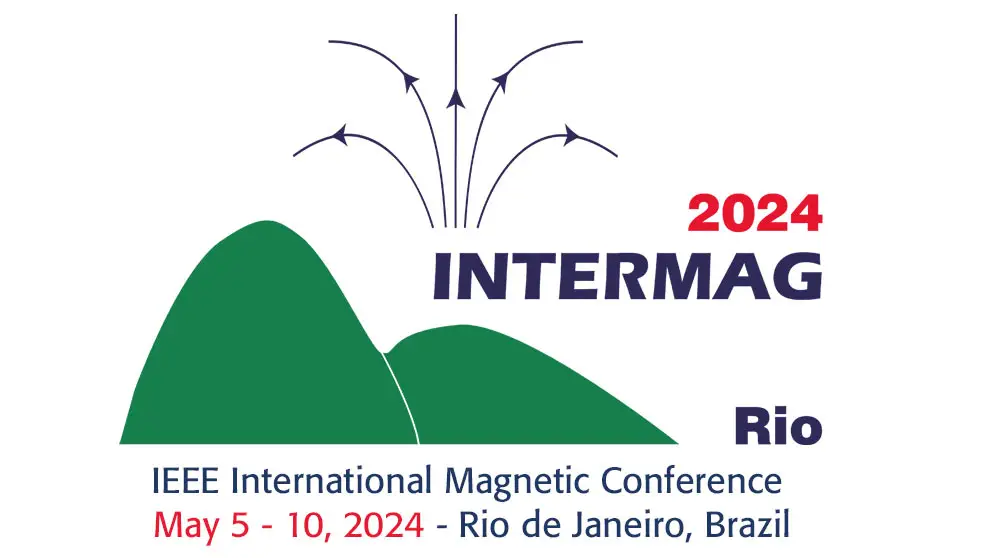VP12-14: A Flux Reversal Motor with Halbach Array Magnets Inserted into Stator Teeth
Han Chen, Feng Xiao, Yi Du, Xiaoyong Zhu, Yi Mao
Poster Virtual Only
01 Nov 2023
Flux reversal motors (FRMs) have the merits of simple structure and easy heat dissipation [1]. In this paper, a novel FRM with Halbach array magnets inserted into the stator teeth is proposed. The topology of the proposed motor as well as its working principle is presented based on flux modulation theory. Meanwhile, the electromagnetic performances are comprehensively compared with the conventional surface-mounted permanent magnet (PM) FRMs. The results reveal that the proposed FRM has superior electromagnetic performances than the conventional one, which attributes to flux focusing effect of Halbach array magnets and the reduced equivalent airgap length. Fig. 1 shows two 12-slot/17-pole FRM topologies, both of which are consisted of doubly-salient laminations and three-phase concentrated windings, but the number, location and magnetized direction of PMs are different. For the conventional FRM (C-FRM), two radial magnetized PMs are surface-mounted on each stator tooth, and two PMs adjacent to a stator slot opening have opposite polarity. However, For the proposed FRM, a Halbach magnets array consisting of three magnets is inserted into each stator tooth, in which the middle PM is radial magnetized and PMs on the two sides are circumferentially magnetized in opposite directions. The proposed FRM is compared with the conventional FRM in terms of back electromotive force (EMF), self-inductance, average torque, overload capability and so on. It should be noted that two motors have been both optimized in conditions of the same stator outer diameter, stack length, airgap length, PMs usage, and copper loss. As shown in Fig. 2, the fundamental amplitude of back EMF (Em1) and average torque (Tav) of the proposed FRM are 2 and 1.6 times those of the conventional FRM, respectively. Although the proposed FRM has a larger torque ripple (Tr) than its conventional counterpart, the difference is generally small. Moreover, other electromagnetic performance comparisons will be presented in the full paper.References: [1] H. Hua, Z. Q. Zhu, IEEE Trans. Energy Convers., vol. 37, no. 3, pp. 1815–1824 (2022).


